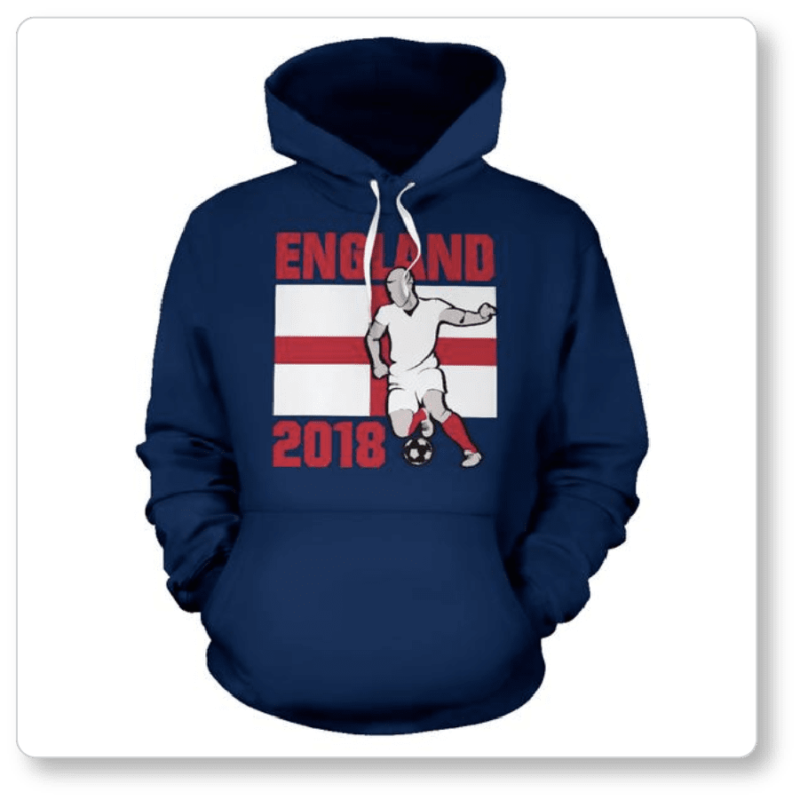- HOME
- Ecommerce
- The Ecommerce Product Photography Guidebook
- Introduction to Product Photography
Introduction to Product Photography
- 7 Mins Read
- Posted on May 6, 2019
- Last Updated on October 8, 2024
- By Lauren
In the first ebook of this series—Building Your Ecommerce Website—we walked you through the groundwork of setting up your site, including the decisions that need to get made before you even open the dashboard of your ecommerce platform: what your store’s payment gateway will be, what to charge your customers for shipping, what shipping carrier to use, what analytics your website should track, and what integrations you should offer. Once those crucial decisions were made, we helped you draft their corresponding documents: your shipping policy, your Returns & Refunds policy, your privacy policy, and your Terms & Conditions.
Broadly speaking, if you’ve been following along with us, you’ve got your back-end integrations and your legal covered. Now it’s time to build on that foundation…
Product Photography: The Prospect’s Perspective
Think about the last time you purchased a product online. Maybe you entered the product you were looking for into a Google search (“blue england soccer hoodie”); maybe you went directly to Amazon and typed in your keywords. Whatever your query was, we’re going to bet that if you were presented with these two options in the search results, you wouldn’t give the second one the time of day:


We know you’re unique in a thousand different ways, reader; but in this way, you’re like every other consumer out there. Whether or not you rationalize it this way, you want to make a purchase from a business that exudes professionalism. You assume—for better or for worse—that the thought, care, and energy that goes into a company’s product photography is indicative of the thought, care, and energy they put into other aspects of their business. Plus, frankly, in this era in which we’re constantly inundated with exquisite Instagram photography, bad images are a turn-off. They’re an anachronism, belonging to another time entirely. And they make the business that offers them appear just as outdated as they appear.
It’ll take virtually no time (mere milliseconds!) for a visitor to process the imagery on your ecommerce site and come to a conclusion about your brand offering… that is, whether (or not) they like or trust you. Indeed, the human brain processes images 60,000 times faster than it processes text, and 93% of all communication relies on visual—rather than verbal—cues. And while only 20% of people remember what they read, 80% of them remember what they see.
Of course, none of that’s to suggest that the product descriptions, testimonials, and other copy on your website isn’t crucial! But it is to suggest that product images are absolutely indispensable. After all, that’s where visitors’ first impressions are made. And you may not get to make a second impression with words if your images don’t immediately draw them in.
That’s why we’ve devoted five full sections of this ebook to product photography. 93% of consumers say that visual appearance is the determining factor in their purchasing decisions; and honestly, we’re surprised that number isn’t higher. (When’s the last time you purchased something online without knowing what it looked like?) After all, visitors can’t see, touch, feel, hold, or try your product on. And while you can’t simulate the experience of physical interaction, you can immerse them in a digital alternative to the in-store experience. Prospects will rely on your product images to grasp the quality and the details of your offering—the stuff you simply can’t describe in words. That means the quality of your product photography is tightly tethered to your conversion rate. The care you put into your product images is reflective of the care you put into your business. You can’t afford not to take it seriously.
We know: When you imagined all the hats you’d wear as an ecommerce entrepreneur, “lead product photographer” probably wasn’t on the list. And maybe you will decide, after reading this, that it makes more sense for you to hire a photographer after all. (We want you to do what’s best for you!) But if you are ready to learn the essentials of product photography, you’re in the right place. Here and in the sections that follow, we’ll discuss all that goes into creating stunning product images that engage and convert your site visitors: from tools, to planning, to shooting, to editing, to image testing… and more. But let’s get some important things out of the way first:
Why (Else) do Product Images Matter?
You’re an ecommerce consumer too, so we don’t have to bombard you with data about the relationship between killer product images and conversions… you know it from lived experience. But beyond sales, here are a few other advantages offered by stellar product images:
- They increase the likelihood of social media sharing. Whether they’re pinning images on Pinterest or retweeting your product posts (tweets with images are 150% more likely to get shared than tweets without them), users’ social behavior revolves around visual content. Indeed, good visual content is 40% more likely to get shared on social. In other words, your product images will serve as ambassadors in your broader effort to build community around your brand, and to help loyal customers share content that others will find inspirational and aspirational.
- They decrease the likelihood of returns. 22% of product returns occur because “the product looked different from the images.” Good product photography is transparent and straightforward: It shows the product in its best light; but it’s not deceptive about your offering. This means fewer returns (and less money spent on returns), and company
- They answer prospects’ questions so you don’t have to. How sleek is the material? How does the shirt hang? What’s the detail on that watch? The comparative size of that bowl? High-quality images help prospects fully grasp your products’ features, filling the gaps in your copy. And when product photos can answer prospects’ questions, you save resources when it comes to customer service inquiries.
- They enhance your marketing messages. We’re talking more than product pages; we’re talking all your on- and off-line marketing channels. Email campaigns enjoy higher click-through rates when they contain an image. So do blog posts. So do social posts. Once you’ve taken product photographs, you’ve got an archive to work with when trying to improve the CTR on your messaging, across the board.
In other words, product photos are an investment that—if done well—will get you a fantastic ROI. The next question is: Who’s going to take them?
DIY Photography v. Hiring a Product Photographer
Here’s the thing: We have no idea what your budget is or what your priorities are. And while you’ve probably heard opinions on both sides of the spectrum—everyone should invest in professional product photography; everyone should learn product photography for the sake of their business—we’re not here to make an appeal. We will, however, offer some pros and cons:
Pros of hiring a product photographer:
- You won’t have to shell out for expensive, high-quality equipment
- You won’t have to spend time learning the craft, and can focus instead on other aspects of your business
Cons of hiring a product photographer:
- You’ll still have to shell out… for the photographer
- You’re putting your brand in the hands of someone outside your operation who may not understand—or share—your vision
- Depending on the nature of your contract, you may not end up owning the rights to your product images
Pros of photographing your products yourself:
- You get to execute your own vision and remain in control of the aesthetic
- You’ll save time otherwise spent in back-and-forth communication with a third party
- You’ll own the rights to your own product photos
- You get to learn a craft… which means you’ll never have to hire a photographer! (Plus you can maintain a uniform look as you add more products to your line.)
Cons of photographing your products yourself:
- You’ll have to spend time learning the crafts of photography and photo editing
- You may need to shell out for expensive, high-quality equipment… though, as we’ll discuss below, shooting yourself by no means has to break the bank
Of course, there are things to keep in mind if you decide to outsource. You’ll want to scour your candidates’ portfolios and ensure they have experience specifically with product photography. You’ll want to find out whether they have editing skills as well (and whether those are included in the price you’re quoted). You’ll want to pay attention to your gut: Do they seem to understand what your brand is up to? The “story” your business is trying to tell? Do you jump excitedly when they describe their vision for your products? And you’ll definitely want to discuss image rights before you shake hands on anything.
Your decision will be based on any number of factors: whether you’re more willing to spend time or money up-front; how willing you are to learn a new craft; how many products you have (the more products, the more expensive a professional will be), whether you have a long-term need for product photography (if so, it may be worth it to learn yourself), whether you even have the space to set up a DIY studio, and so on.
One reality is that it may be in your best interest to hire a professional. But DIY product photography is a great alternative, and stellar product images are hardly out of reach. You just need the right tools and techniques—and a lot of willingness to experiment, practice, and be patient. Indeed, you’ve probably got a 12-megapixel camera in your pocket right now (your smartphone), and the most powerful photo-editing software out there costs only $9.99 a month. The biggest barrier to high-quality product photos isn’t budget. It’s knowledge.
So for those of you choosing the DIY route, these next four pages are for you.
In the next section, we’ll get you started on your DIY product photography efforts by discussing camera options, backdrops, lighting, and the variety of tools you’ll need in your “photographer’s toolbox.”